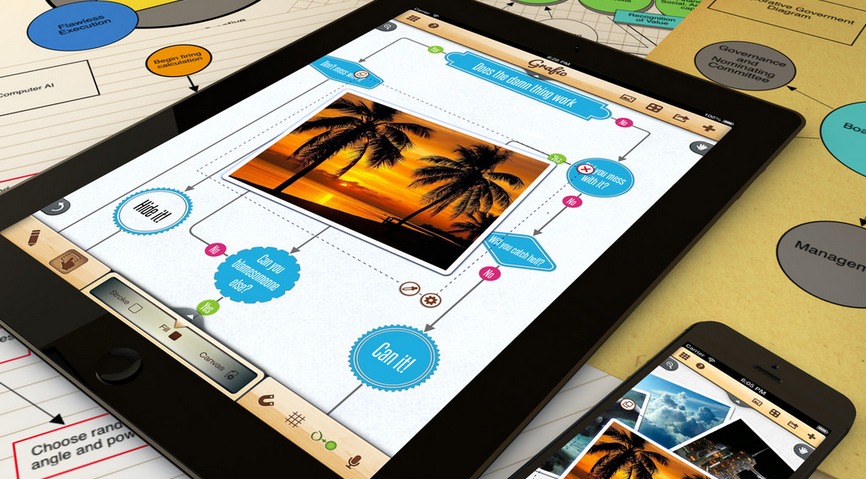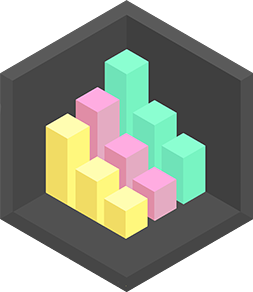Design an infographic
Design an infographic to explain a favorite science topic using drawings, icons, and simple data; plan layout, collect facts, and present clearly.



Step-by-step guide to design an infographic for a science topic
How to Create Stunning Infographics in Canva | Step-by-Step Tutorial
Step 1
Pick your favorite science topic and write its name on a sticky note.
Step 2
Find 3 to 5 simple facts about your topic from a book or a trusted website and write each fact on its own sticky note.
Step 3
Decide the main message or question your infographic will answer and write that on a separate sticky note.
Step 4
Lightly sketch a layout on your paper dividing it into a title area and two to four content boxes using your pencil and ruler.
Step 5
Choose two to three colors and one simple icon idea to use again and again in your infographic.
Step 6
Write the title at the top of your paper in pencil using your main message sticky note as a guide.
Step 7
Draw or cut out and glue a simple icon near the title to match your topic.
Step 8
Place each fact sticky note into one of the content boxes so each box holds one fact.
Step 9
Create one small data picture such as a bar chart or pie chart that shows a simple number or comparison about your topic and label it.
Step 10
Draw a small icon next to each fact to help explain it using your chosen colors.
Step 11
Add color to your title icons and content boxes so the information is easy to read and looks bright.
Step 12
Ask an adult to help take a clear photo or scan of your finished infographic.
Step 13
Share your finished infographic on DIY.org
Final steps
You're almost there! Complete all the steps, bring your creation to life, post it, and conquer the challenge!


Help!?
What can I use instead of sticky notes or a ruler if I don't have them?
If you don't have sticky notes, cut small squares from scrap paper and tape them to the page, and if you lack a ruler use a straight edge like a book, cereal box side, or piece of cardboard to lightly sketch your layout with pencil.
My layout looks crowded and the facts won't fit on the sticky notes—what should I do?
Rewrite each fact as a short phrase or single sentence so it fits one sticky note, then move the notes around on your lightly sketched content boxes until spacing looks balanced before gluing.
How can I change the activity for younger or older kids?
For younger kids, limit to 1–2 facts, use larger drawn or pre-cut icons and two colors and get adult help with cutting/gluing and the photo step, while older kids can research 4–5 facts, make a labeled bar or pie chart and refine the pencil-and-ruler layout before scanning and sharing.
How can we extend or personalize the infographic once it's finished?
Personalize it by repeating your chosen icon with a stencil or stickers, add a small QR code or source note beside your labeled data picture, decorate content boxes with patterns in your two or three colors, and include an extra 'fun fact' sticky note for viewers.
Watch videos on how to design an infographic for a science topic
How to Create an Infographic in Minutes With Visme - Infographic Design for Beginners
Facts about infographic design for kids
🧩 A clear layout with a title, sections, icons, and one key takeaway helps people understand an infographic in seconds.
🎨 Edward Tufte, a data-visualization pioneer, champions simple designs that let the data speak (no extra decorations!).
📊 Infographics mix pictures and numbers so readers can spot the main idea faster than with text alone.
🔬 Scientific illustrations have been used for centuries — early scientists like Galileo used drawings to share discoveries.
🧠 The brain recognizes images much faster than words, so icons help explain science ideas in a snap.
How do you design an infographic to explain a science topic?
What materials do I need to make a science infographic?
What ages is designing a science infographic suitable for?
What are the benefits of making a science infographic with kids?


One subscription, many ways to play and learn.
Only $6.99 after trial. No credit card required



![How to Make an Infographic in 5 Steps [INFOGRAPHIC DESIGN GUIDE + EXAMPLES]](https://img.youtube.com/vi/uQXf_d5Mgjg/mqdefault.jpg)